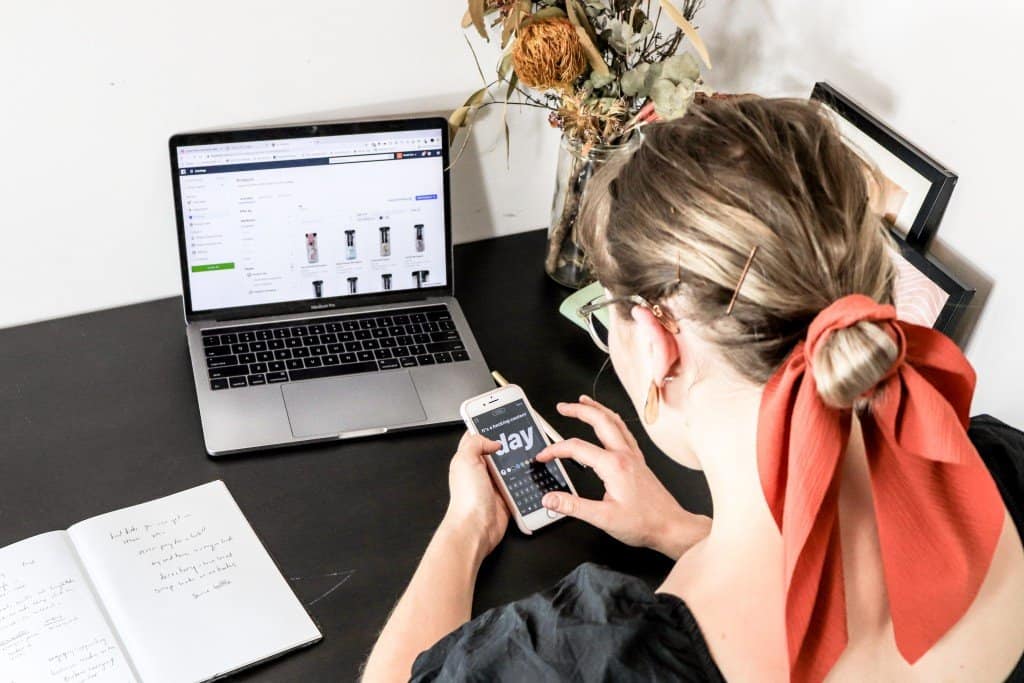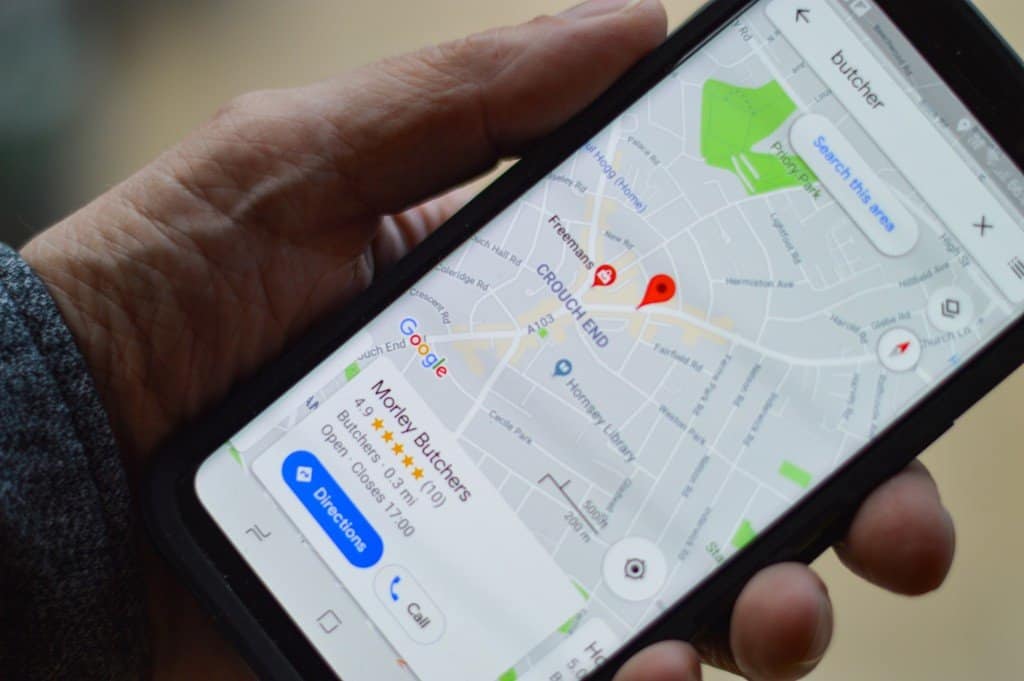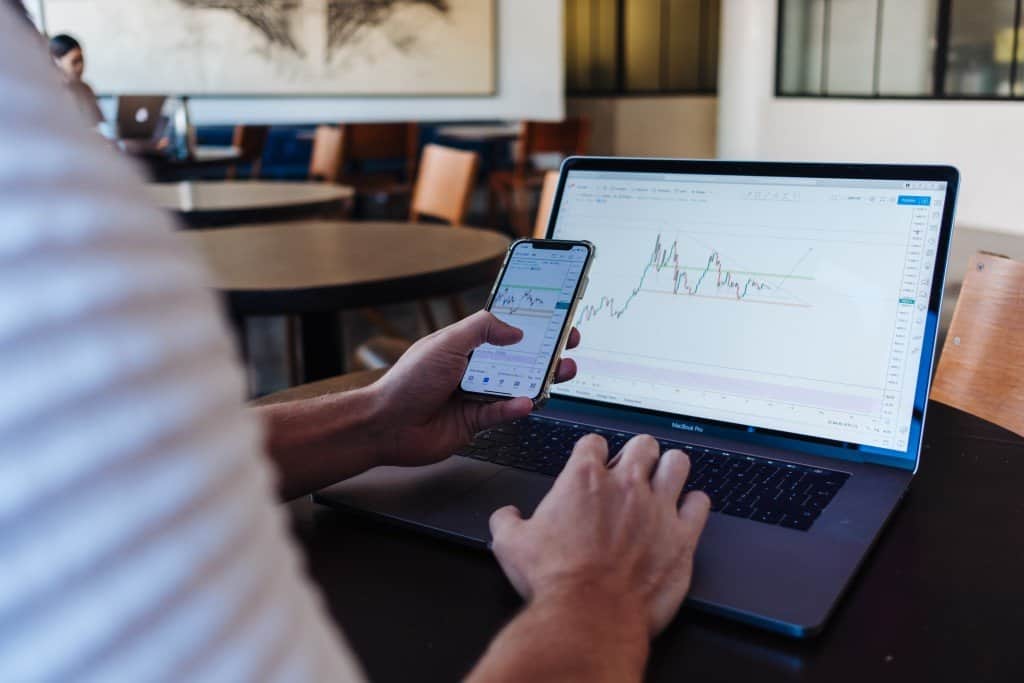Over the years, a growing number of brick and mortar stores have invested in establishing an online presence for their business. There are typically two ways to go about it. Firstly, you could set up an eCommerce store either with the help of platforms like Shopify or on Amazon to expand distribution. The second way to do it is by building visibility for your offline store with the help of Google Maps or even your own website.
The two objectives are not mutually exclusive.
You may seek to expand distribution with an #online presence while maximizing visibility for your physical #store. Here is how you go about it. Click To TweetList down your objectives
The strategies required to succeed in online business can be quite different from what you need to succeed offline. A brick and mortar store may be successful because you have made it convenient for a shopper to buy all the products they need from one store. For example, if your target audience is the young 20-year-old buyer, you may want to sell t-shirts, jeans, and jackets that this buyer may be interested in. When it comes to online selling, it is important to find a niche. It may be strategic to focus on one product category like a t-shirt or jackets.
Knowing your objectives fully well is an important first step before deciding on the path forward. If expanding reach is the main objective, then you may narrow in on a niche like t-shirts that makes it easier to market.
Your objectives must also consider your distribution channels into account.
Selling on Amazon makes it easy to diversify into multiple product categories since the platform is quite horizontal. However, there are also a few cons with being an Amazon Seller. For instance, Amazon prefers to showcase sellers who have their products stocked in the Amazon warehouse. You may end up locking a significant chunk of your inventory in Amazon over time, and this can affect your cash flow and overall business strategy.
ECommerce Store vs. Online Presence
If you choose not to take the Amazon route, then you have two options – sell your wares on your own eCommerce store, or/and promote your brick and mortar store online.
Setting up an eCommerce store can be intimidating, but not entirely undoable. This short eCommerce guide should help you with finding the right platform, hosting, payment processor, and so on. If you have trouble doing all of this yourself, you may seek freelancers on platforms like Upwork and Fiverr to help you with this.
Establishing an online presence for your physical store is a lot easier and straightforward. Of course, it does help if you have a website to take your visitors too. Investing in a Google My Business (GMB) listing can help in two ways. Firstly, it helps prospective shoppers discover your store while they are researching for relevant keywords (like “fashion stores near me”) on Google. Secondly, shoppers who want to come to your store have a quick and easy way to find directions, store open hours, parking spaces, and so on. GMB also lets businesses share unique coupon codes and answer customer queries. This is a great way to engage with prospective shoppers even before they come to your store.
If you have a website, make sure you share your business location for your visitors’ convenience. Google MapsWidget can come in quite handy here. Here is a quick guide on how you can do this.
Tracking what works
While you may have your reasons to pick one or more of these strategies mentioned above, it is important to monitor your strategy and optimize it constantly. For instance, you may have decided to sell on Amazon. But it doesn’t take long to realize that being an Amazon seller comes with a lot of restrictions, including pricing and product rules that you may not necessarily want to adhere to.
At the same time, setting up your own website is all fun until you realize traffic acquisition is a pain. Thanks to its popularity, Amazon gives you tons of free publicity and traffic that your own website cannot provide.
When it comes to GMB, it needs to be pointed out that like Amazon, Google runs on its own proprietary algorithm too, and organic traffic acquisition needs a lot of planning with respect to keyword research and SEO strategy.
Advertising can establish sustainable traffic to your properties, but they can be expensive and not scalable.
In conclusion, business owners need to acknowledge the positives and negatives with each of these moves. While they are not mutually exclusive, each of these strategies requires a dedicated effort to succeed. As a bootstrapped business, investing in multiple strategies at one go can be expensive. Deciding the right path and tracking performance is thus critical to the success of your offline-online integration.



